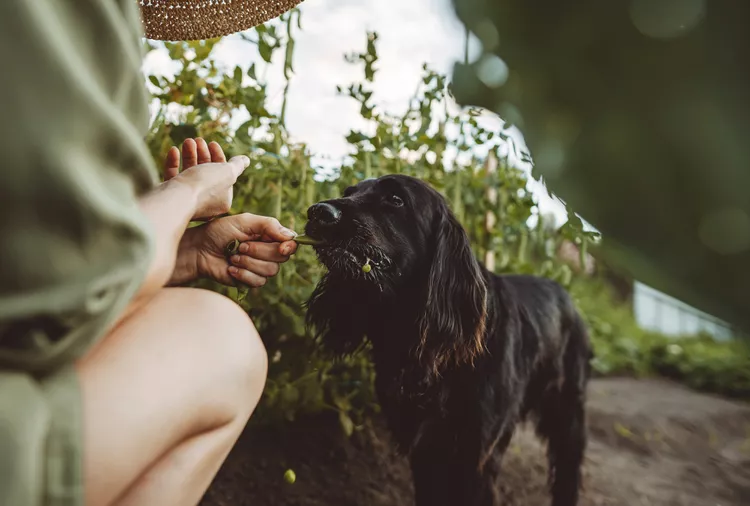
Can dogs eat edamame? Yes, your pup can enjoy small amounts of plain, shelled edamame as an occasional treat, says Rebecca Greenstein, DVM. Edamame refers to young, green soybeans harvested before they fully ripen. Popular in various human cuisines, especially East Asian dishes, these beans boast a strong nutritional profile.
Here’s what you need to know about safely feeding your pup this tasty legume.
Dr. Rebecca Greenstein, DVM, veterinary medical advisor for Rover
First, let’s take a look at some of the benefits of edamame for dogs.
While edamame can be a nutritious treat for dogs, it’s important to be aware of potential health risks. Here are some key considerations to keep in mind.
“Edamame is high in fiber, so for dogs who aren’t used to high fiber intake, they might cause GI upset or flatulence, but only if eaten in large amounts,” Greenstein says.
To avoid this, stick to small portions and gradually introduce edamame into your dog’s diet to avoid overwhelming their digestive system.
“The tough, chewy, fibrous pod is technically safe to ingest, but in large amounts, could create an obstructive effect in the gut,” Greenstein says.
As such, Greenstein suggests sticking to shelled edamame for your pup's safety.
“Edamame are soybeans, so while soy allergies aren’t particularly common in dogs, it’s possible your dog might be allergic to them,” Greenstein says.
Symptoms of an allergic reaction can include itching, swelling, fur loss, gastrointestinal upset, and respiratory issues. If you notice any adverse reactions after feeding your dog edamame, discontinue feeding and call your veterinarian.
One of the biggest risks of edamame isn’t associated with the beans themselves, but with what’s added to them. Edamame frequently comes seasoned with salt, garlic, oil, or other additives that can be harmful to dogs. Garlic and onion are particularly toxic to dogs and should be kept out of their diet.
To keep your pup safe, always serve plain, unseasoned edamame.
Moderation is key when it comes to giving your dog edamame. “Treats, even healthy ones, should make up no more than 10% of your dog’s daily calorie intake,” Greenstein says.
As for portion size, here are some general guidelines:
There are many other veggies that dogs can safely enjoy as an occasional treat, some of which include:
It's recommended to always consult with a veterinarian before introducing a new food to your dog’s diet.

Exploring the Different Types of Pet-Friendly Beaches
Are you looking for pet-friendly beaches? Learn about the different types of pet-friendly beaches, their locations, and tips for visiting them with your pet.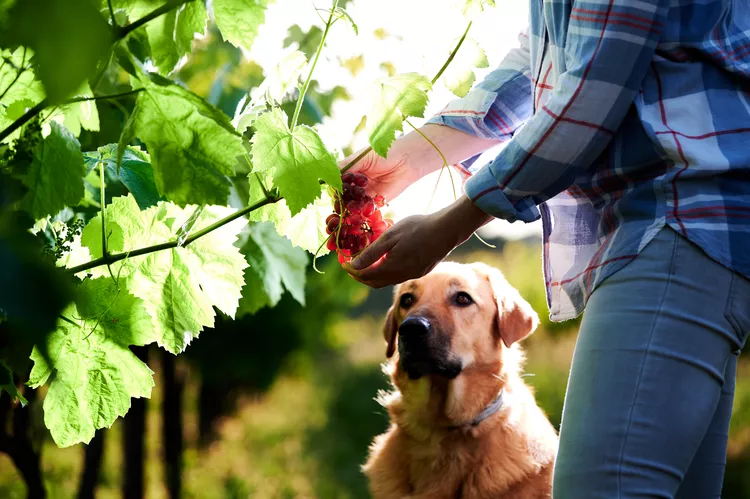
Exploring Pet-Friendly Wineries: Types, Locations, and More
Discover the different types of pet-friendly wineries, where to find them, and what to expect when you visit. Learn more with The Spruce Pets.
Why Is My Dog’s Eye Swollen?
If your dog's eye is swollen, she may need veterinary attention. The inflammation could be caused by allergies, an injury, or even a tumor.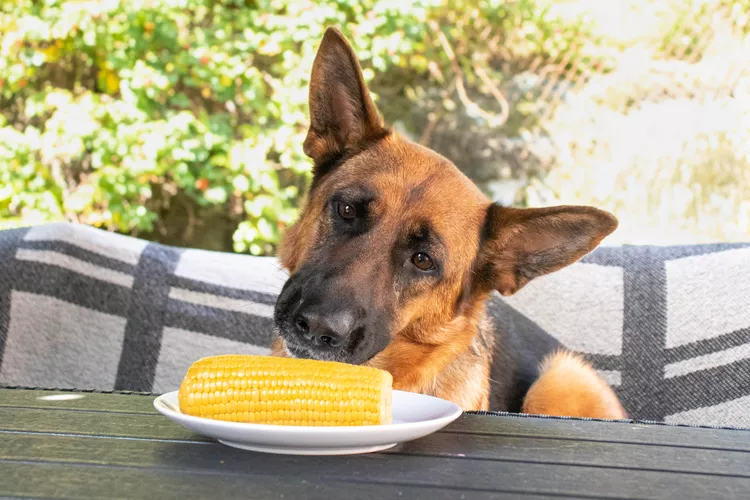
Can Dogs Eat Corn on the Cob?
Dogs love chewing on corn cobs, but this can cause serious harm. Learn about the dangers of corn cobs and find out what to do if your dog eats one.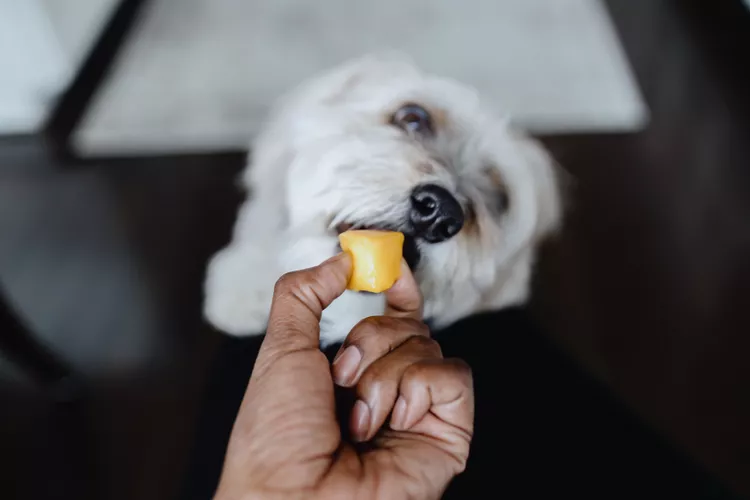
Can Dogs Eat Papaya? What to Know About Sharing This Tropical Fruit With Your Pup
Papaya is safe for dogs in moderation, and it can even provide some nutritional value for them. However, too much can cause digestive upset, and it's not suitable to share with dogs with certain health conditions.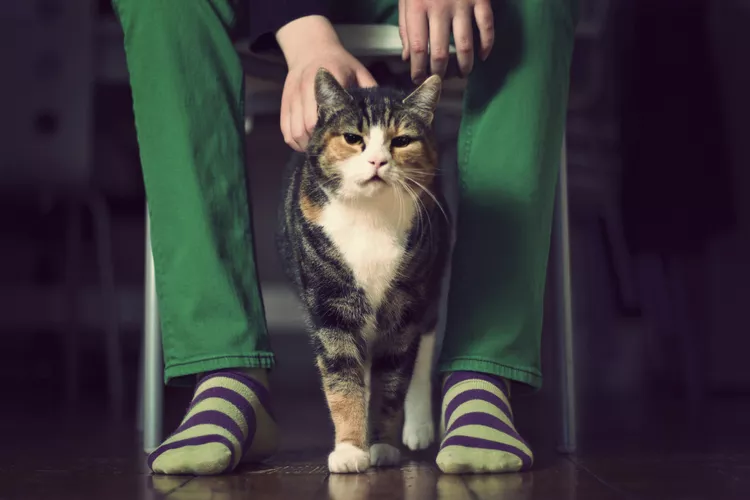
65 Irish Cat Names
Irish cat names can pay homage to historical places, local cuisine, famous Irish actors and musicians, or other wonderful aspects of the Emerald Isle.
Feline Hyperesthesia Syndrome (FHS) in Cats
Rippling skin is more than dermal sensitivity in cats. It can be a sign of Feline Hyperesthesia Syndrome. Learn the causes, treatment, and prevention.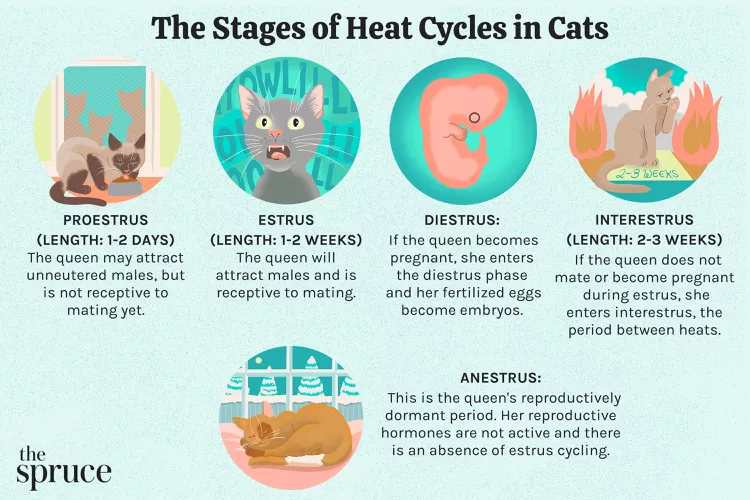
How Long Are Cats in Heat?
How long are cats in heat? Learn about the heat cycles of cats, also called estrus, as well as the reasons you should spay your cat.
Can Dogs Eat Raw Chicken Feet?
What are the potential health benefits of chicken feet for dogs? What are the risks?
Is Eucalyptus Safe for Cats?
Many products containing eucalyptus are not safe for cats, and it is important to be aware of the risks to your cat.
What You Need to Know About Homemade Cat Food
If you want to cook for your cat, make sure to read about the risks associated with homemade diets for cats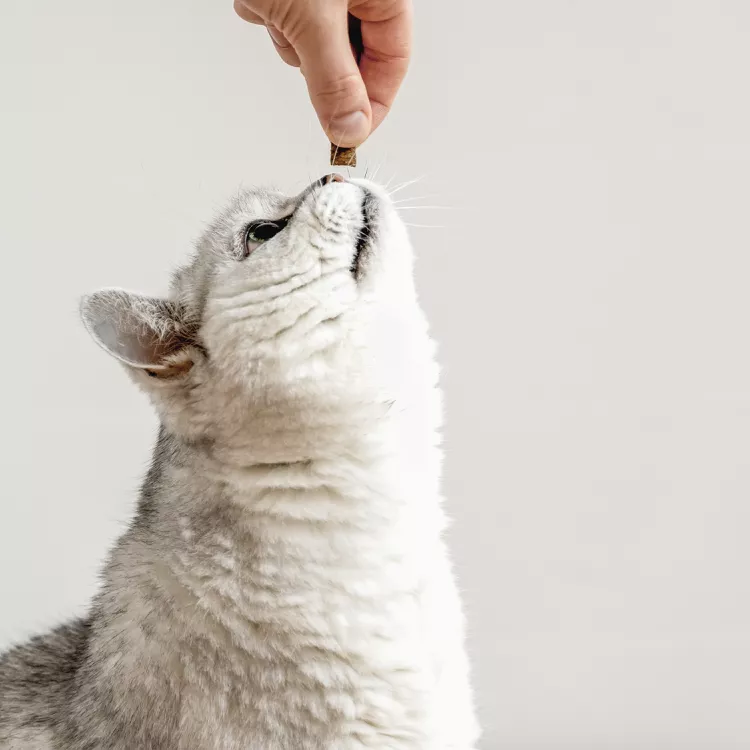
Can Cats Eat Peanut Butter?
Peanut butter is not toxic to cats, but it might not be the best choice of treat for them.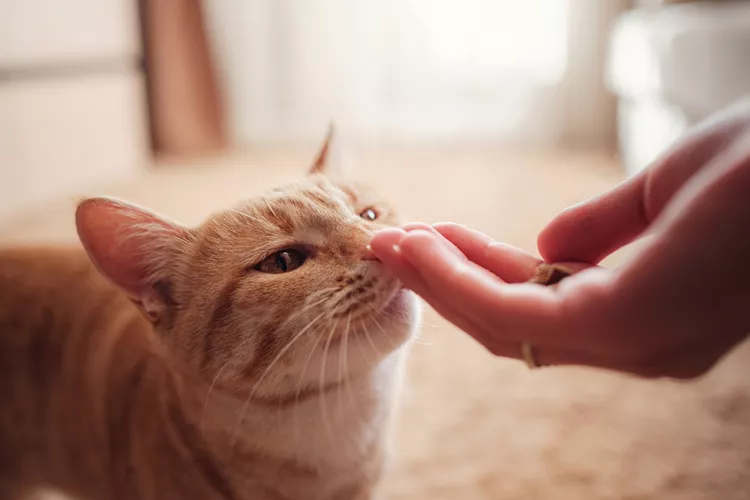
Can Cats Eat Cheese?
Can cats eat cheese? Is it healthy for them? How much can they eat and what should you do if you fear your cat has eaten too much cheese?
8 Flat-Faced Cats with the Cutest Smooshed Faces
These flat-faced cat breeds have a distinct and adorable appearance. Learn about their origins and traits, and the potential health risks tied to their unique facial structures.
Pictures and Facts About Bengal Cats and Kittens
Bengal cats are a cross between wild cats and domestic cats. Learn more about what they look like and pictures of this beautiful spotted breed.
Top 10 Big House Cats
Larger cat breeds, like Maine coons and savannahs, deserve just as much love as their petite counterparts. These big house cats tip the scales.
Cairn Terrier: Dog Breed Characteristics & Care
The cairn terrier is a spunky, affectionate, and intelligent dog from Scotland. The breed became famous when one played Toto in The Wizard of Oz. Learn about the temperament, history, health, and care needs of the cairn terrier dog breed.
Reasons Why Dogs Grind Their Teeth
Some dogs grind their teeth. Learn why dogs grind their teeth and if it can be harmful. Find out what to do about teeth grinding in dogs.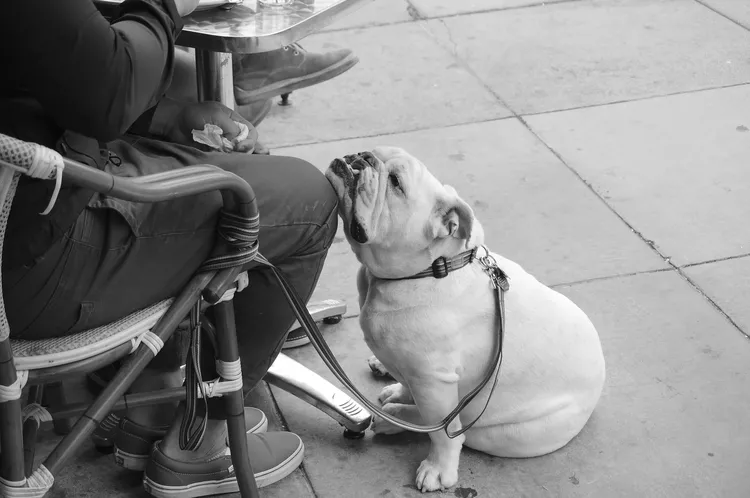
This Is Why Some Dogs Lean on People
Certain dogs really love leaning on their humans. What does this mean? Find out why dogs lean on people and if this is ever a problem.
Can Dogs Get Depression? How to Help Your Sad Dog
Can dogs get depression? Learn about the signs of depression in dogs and find out how to help your sad dog.